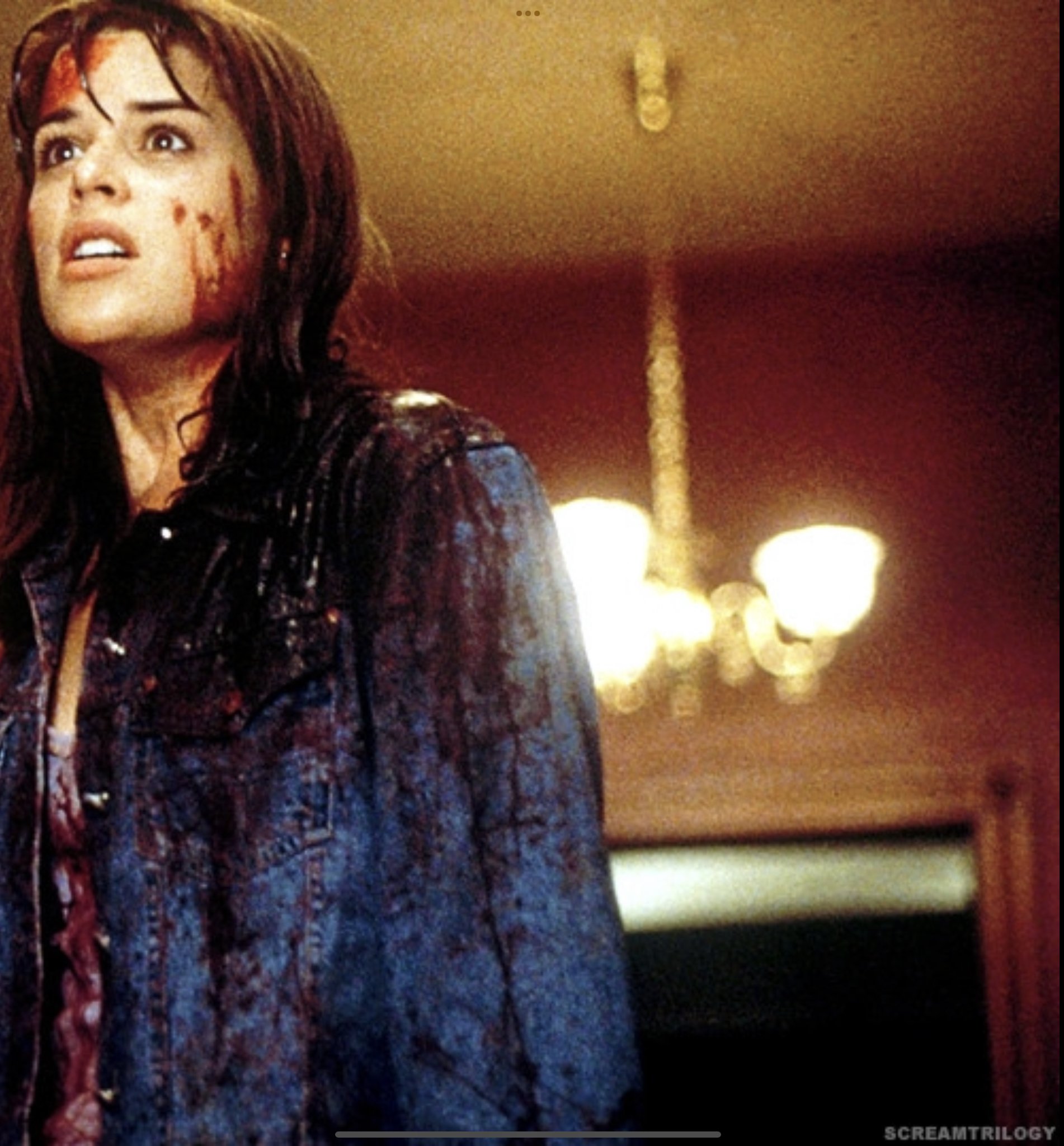The FMC Archetypes: The Warrior
With Halloween quickly approaching, there is an archetype that must be discussed: the Warrior. The Warrior is easy to spot in media, especially in October, as she is essential to any good horror film. If you are a fan of the genre, you might know her as 'The Final Girl.'
One of the interesting things about this archetype is she may first seem to be another, as the hallmark of the Warrior is the physical action she must take to complete her journey. In our fictional setting of archetypes, she may start as the beloved Girl Next Door, the sought-after Femme Fatale, the Bitch, the Nerd or any of the others, usually to a lesser degree that keeps her presence out of the spotlight. Her true identity and attributes will not be revealed until a life-changing event shakes her small town to its core. In contemporary tales, more often than not, this is an onslaught or resurgence of a serial killer. Yet, it could also include being drafted into war, volunteering for a series of trials or being forced to undergo a journey to an unknown and possibly treacherous land. Once this is complete, readers and the character alike will find she is often more powerful, resilient, headstrong and clever than anyone would have previously believed.
The Warrior is an archetype that has existed since before the fifth century BCE. Her original stories often focused on the pivotal battle sequence rather than the cause and effect of what she sought to protect. As time went on, she continued to appear in fairytales and folklore, often to illustrate virtues such as contentment and humility rather than courage and bravery. Slowly but surely, the Warrior became a rarity in literature and media. However, during the first half of the 20th century, the rise of mainstream feminism created the perfect pocket of events for her to be welcomed back into the fold. She started popping up in children's stories as they were deemed more susceptible to the values she now represented. As these tales grew in popularity, so did their number, culminating in maybe the archetype's most famous classic member: Wonder Woman. As her original readers grew into adulthood, they longed for similar characters that they could relate to in their day to day. In the 1970's, the answer came in an unexpected form. The growing popularity of slasher films and the advent of The Final Girl created women in media who had many of the famous superhero's characteristics. From Olivia Hussey's Jess Bradford in Black Christmas to Jamie Lee Curtis' Laurie Strode, Jessica Rothe's Tree Gelbman and the X franchise's Maxine Minx, there is now a final girl for almost everyone.
Where the Warrior's journey was once complete as soon as an end goal was reached, the victory won, or the villain retained, more recent iterations of the archetype have had their story extended to focus on the mental health issues and emotional healing needed to overcome the trials they have gone through. Usually, this time reveals the depths of the characteristics she gained throughout the first part of her story, proving that they were within her all along.
Like her starting persona, the faults of The Final Girl vary at the beginning and end of her tale. Where she was once too trusting, she is now overly cautious. She struggles to feel safe and secure in the aftermath of her adventure, leaving her prone to pushing the people she cares about away or clinging too closely to them. Without proper treatment, she can be prone to paranoia (understandably) and independence to the point where it becomes a flaw.
In the modern world, the Warrior has made a name for herself as the protagonist of many horror and adventure franchises. In fact, she is so often found amongst the pages of YA fantasy novels that her basic plot line has become the subject of online parody. But that doesn't stop audiences from loving her characters, which include A Court of Silver Flames's Nesta Archeron, Sydney Prescott and Tara Carpenter from the Scream Franchise, Katniss Everdeen and Grace from Ready or Not. On a final girl's playlist, you may find tracks by Billie Eilish, Halsey, The Runaways, Pat Benatar or Chloe Moriondo.








